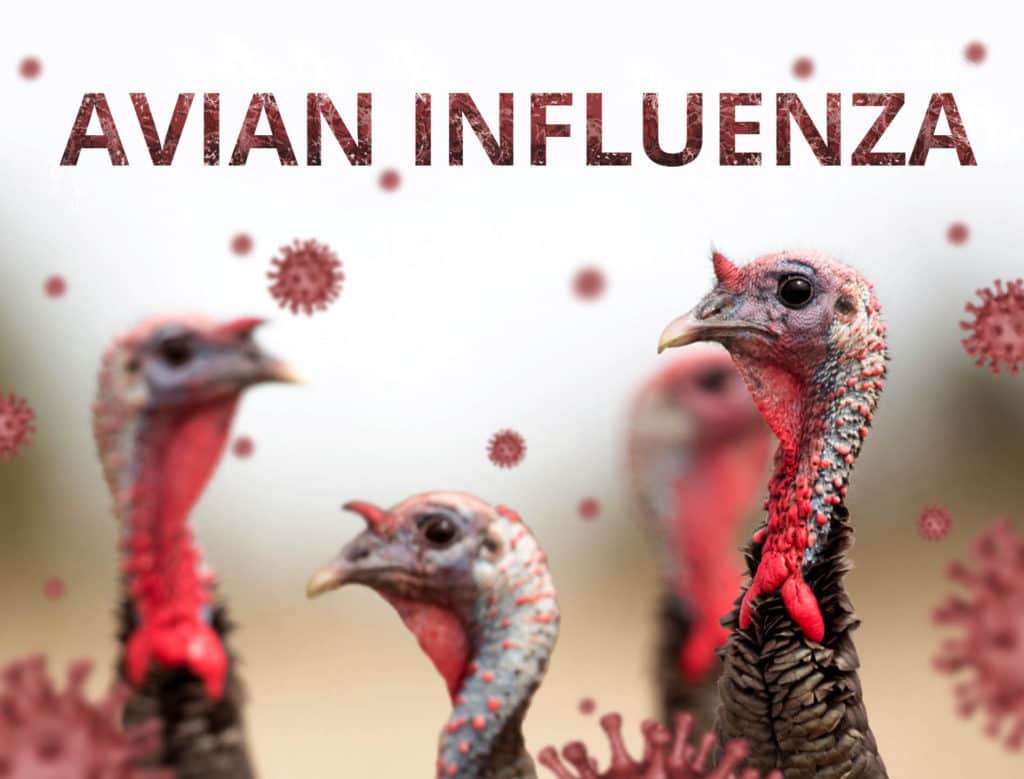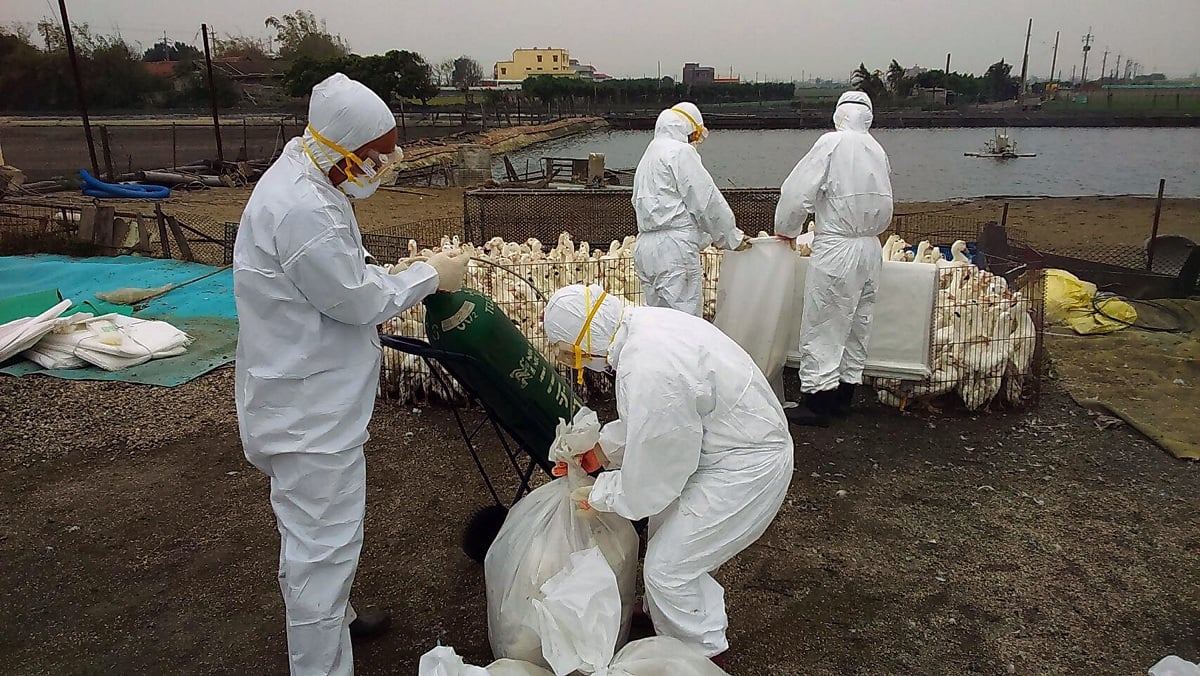Avian Influenza Virus: Understanding the Threat to Human Health
Avian influenza viruses (AIV) are a group of viruses that primarily infect birds, but can also infect humans and other animals. The virus is commonly found in wild aquatic birds, such as ducks and geese, but can also affect domesticated birds such as chickens, turkeys, and quails. The virus can spread through the respiratory and digestive systems and cause mild to severe illness in birds.

There are several strains of the avian influenza virus, some of which have caused outbreaks of disease in birds and humans. One of the most well-known strains is H5N1, which was first identified in humans in 1997 in Hong Kong. Since then, H5N1 has caused several outbreaks in birds and humans in Asia, Europe, and Africa, and has been responsible for several hundred human deaths.
Between 23 December 2022 and 5 January 2023, no new cases of human infection with avian influenza A(H5N1) virus were reported to WHO in the Western Pacific Region.As of 5 January 2023, a total of 240 cases of human infection with avian influenza A(H5N1) virus have been
reported from four countries within the Western Pacific Region since January 2003 (Table 1). Of these cases, 135 were fatal, resulting in a case fatality rate (CFR) of 56%. The last case was reported from China, with an onset date of 22 September 2022 and died on 18 October 2022. This is the first case of avian influenza A(H5N1) reported from China since 2015.
Another strain of the avian influenza virus, H7N9, was first identified in humans in China in 2013. Like H5N1, H7N9 primarily infects birds, but can also cause severe illness in humans. Since its discovery, H7N9 has caused several outbreaks in China, resulting in hundreds of human infections and deaths.

Avian influenza virus is a concern for human health for several reasons. First, the virus can mutate and adapt to new hosts, increasing the pandemic risk. If a strain of the avian influenza virus were to become easily transmissible from human to human, it could potentially cause a global outbreak of disease. Second, the virus can cause severe illness and death in humans. While most human cases of the avian influenza virus have been mild or asymptomatic, some strains of the virus can cause severe respiratory illness, organ failure, and death.
Prevention and control of the avian influenza virus involve a combination of measures, including surveillance of bird populations, culling infected birds, and vaccination of birds. In addition, it is important for people who work with birds or who handle poultry products to practice good hygiene, such as washing their hands frequently and wearing protective clothing.
In the event of an outbreak of the avian influenza virus, it is important for public health officials to act quickly to contain the spread of the virus. This may involve quarantining infected individuals and their close contacts, providing antiviral medications, and implementing public health measures such as school closures and canceling public gatherings.
In conclusion, the avian influenza virus is a significant threat to human health due to its potential to cause a global pandemic and severe illness in humans. While efforts are being made to prevent and control the spread of the virus, continued vigilance and research are necessary to minimize the risk of a pandemic and protect public health.






